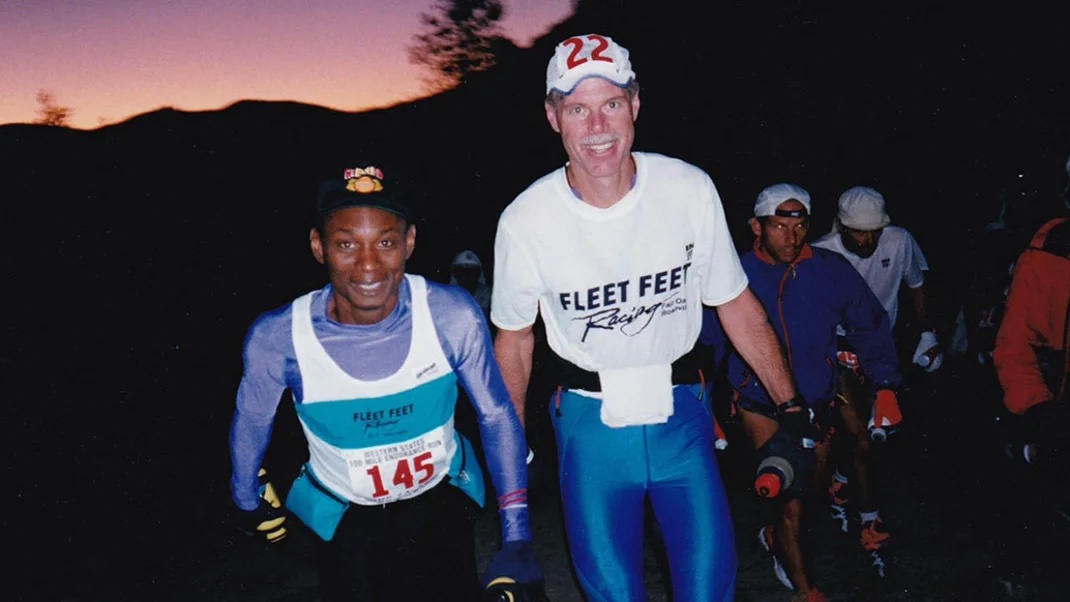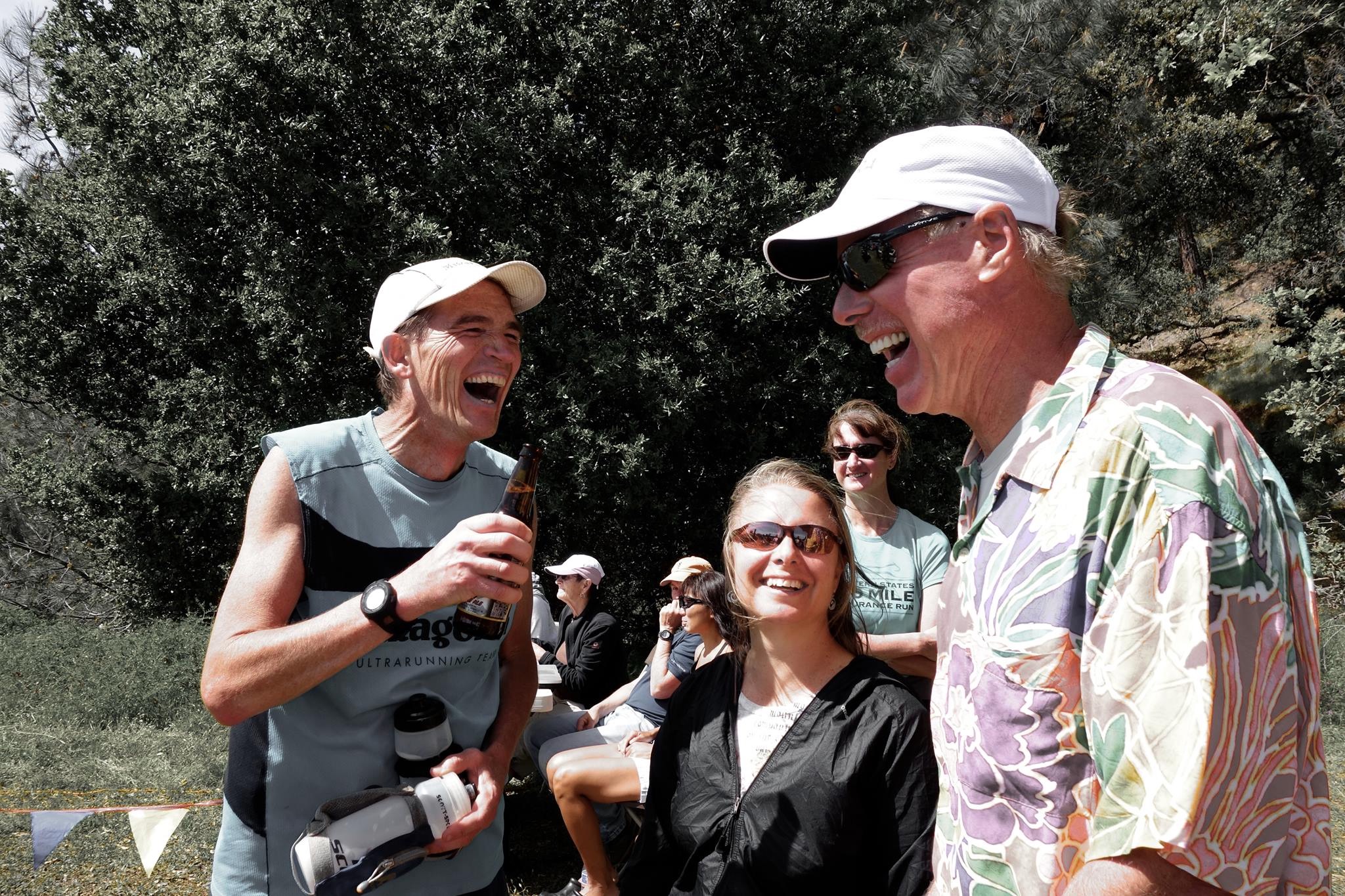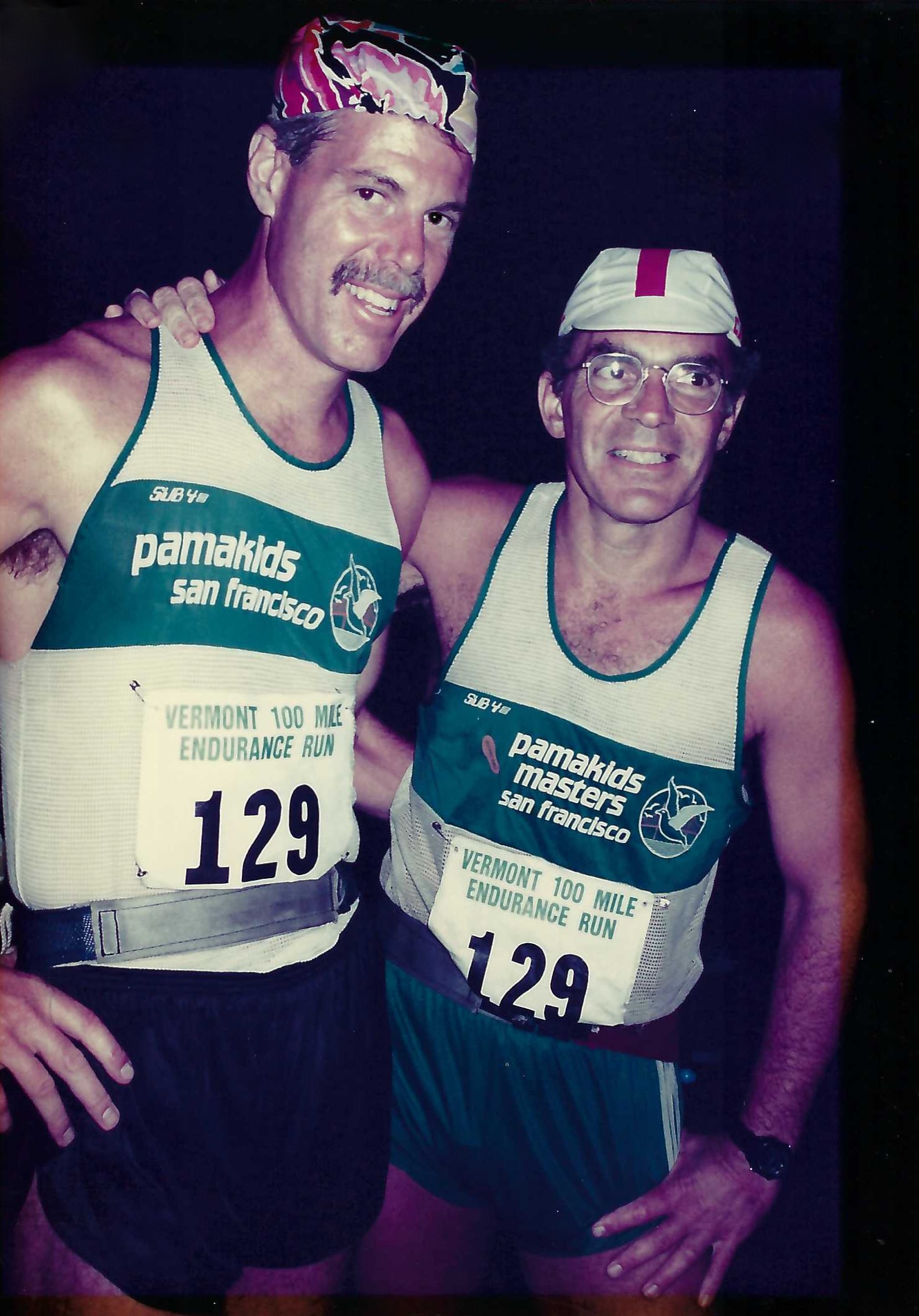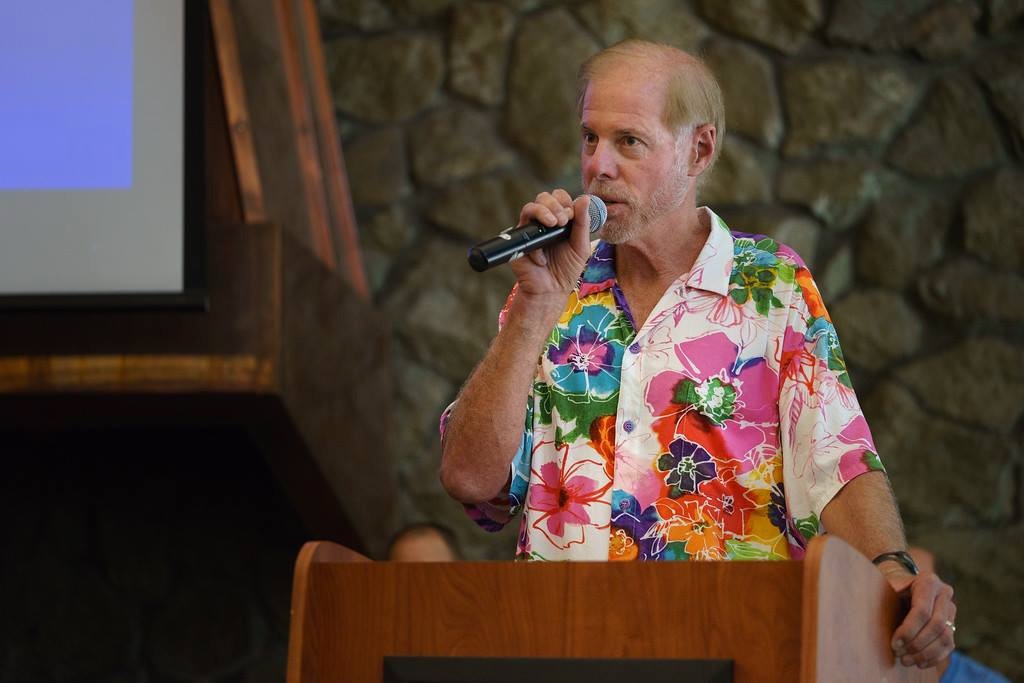- Menu
-

- Vietnam Trail Marathon
- Vietnam Ultra Marathon
- Vietnam Jungle Marathon
- Vietnam Mountain Marathon
- NEWS
-
Q and A: John Medinger, ultra running legend
Western States Board Member John Medinger began running in 1974 and ran his first ultra in 1980. He’s since run 150 of them. He’s founded and race directed some great races and he’s never missed an edition of Western States since he first crewed there in 1983. ‘Tropical John’ Medinger has seen it all. He is a true lover of trail running. Here, we talk to him about the sport and his own running, past and present.
VMM x Western States
In 2023, VMM became a Western States qualifier race for the first time. Right away at the 2023 lottery draw for 2024 slots, a VMM qualified runner, Phuoc Nguyen from Vietnam scored a coveted slot with just 1 lottery ticket!
You began running in 1974 and ran your first ultra in 1980. You then paced a friend at the Western States 100 in 1983, 6 years after the official first edition. These were the very early days of ultra in the US. You’ve since said “no one knew anything about anything” back then. Can you describe what that very early ultra running scene was like?
So, let’s go back in time to the early 1980s. Here are some things that didn’t exist yet: trail shoes, hand-held water bottles, hydration packs with bladders (like Camelbak), lightweight waist packs that held water bottles, LED headlamps, LED torches (flashlights in American English), trekking poles, PowerBars, or any energy bar really. GU or any energy gel. Wicking tech fabric like Coolmax. Anti-chafing sticks like Squirrel’s Nut Butter or BodyGlide. Gatorade was around by then and many people used it, but the formulation was very rudimentary compared with today’s drinks like Tailwind. But people were running 100 miles anyway.
There was no real concept for fueling during ultras. People just experimented. Some ate fruit, some ate pasta, some ate sandwiches, some ate candy bars (PayDay bars were particularly popular because they didn’t get all melted and messy when you carried them). Bonking was a common phenomenon because runners didn’t eat enough, or ate too much simple sugar, which often results in an insulin spike.
Training was also experimental. Nobody had a coach. You just tried stuff, often stupid stuff. Some of it worked, some of it didn’t. Everyone was willing to share their personal experiences. You tried to learn from your mistakes, and from other runners’ mistakes.
A lot of the fun of running ultras is the adventure. In those days, adventure often also meant trying a new fueling strategy, or a new training program. There was a LOT of trial and error.
The number of ultra runners was really small. In 1983 there were 21,571 runners who finished an ultra in the entire world. This year there’ll be almost half a million. Most races were very small. Often you would know almost everyone in the race.
Trail running was very new, most of the races were still on roads. In the San Francisco Bay Area, most of the trails are pretty clean. Lots of hills but only a few tree roots and almost no rocks to speak of. So, going from that to rugged, rocky mountain trails was a learning experience for sure!
After you paced your friend at that 1983 Western States, you have not missed an edition since. What is it about the Western States that makes it so special and keeps you coming back?
On my first time there I was simply in awe of the people who were running. I had run a couple of 50km trail races and one road 80km. And these people were running 100 miles over mountainous terrain. Knowing how hard 50km was, I could hardly believe what they were doing.
The whole thing was magic. It drew me back, year after year. Every year was different; every year was a big adventure. Every year, I saw things I’d never seen before. But it was always fun and completely energizing, full of joy, accomplishment, and sometimes failure.
Western States was the first trail 100 miler. It’s a beautiful run, point to point, crossing the Sierra Nevada mountains just like the American pioneers did in the 1800s. Due to permitting restrictions it’s only allowed 369 runners each year, so it’s now very difficult to get into. The history and scarcity makes it special. Due to the long odds against getting in via the lottery, for most it’s a once-in-lifetime experience. That alone makes it special.
I’ve been a volunteer, crew, pacer, runner, member of the Western States Board of Directors with two terms as President, and finish line announcer. I can’t imagine being anywhere else on the last weekend in June.


You have also founded and race directed some very well regarded races yourself. When you began your races, what factors did you look for to make a good race?
I started the Quad Dipsea race and the Lake Sonoma 50 mile, both well known races now. And I was RD for the Miwok 100km in its early years. I look for a challenging course, beautiful scenery, and a route where aid is accessible every 8-15km. The staging area for the start and finish is really important. All these events have become well known for having great finish line parties (much of which is the result of my wife, Lisa, who is great at this end of things). To me, there’s nothing much better than running a hard race and then having great friends, food and drink and hanging out afterwards. (It’s also worth noting that all my races have always had a beer sponsor!)


We know you keep a running log - can you tell us your current milage total and how many ultra races you have completed? And also what is your current normal run week look like?
I was encouraged by a friend to keep a running log as a motivational tool when I first got into it. I’m kind of a numbers guy, so it appeals to me. I’m currently just over 117,000 lifetime miles, about 188,000 km, since I started keeping track in 1976. I have completed 150 ultras; that seems like a good place to stop…
Currently I’m doing about 50km per week, about half hiking and half running. (At 72, it turns out that my running pace and my hiking pace are pretty close to converging…) I don’t take many days off, maybe 2-3 days a month. I just like being out in nature on a trail. It’s my personal zen.
Of all the races and all the time spent simply running on hills for fun, can you pick out one or two stand-out memories?
It’s really hard to pick just one, but here’s a memory that will last. I’ve done the rim-to-rim-to-rim at the Grand Canyon a few times, it’s about 47 miles with of course two huge climbs, nearly 2000 meters each. The last time I did it, I was running with my friend Don James. We had started at dawn and we’re pushing hard on the last climb up to the South Rim to try to beat the sunset. Just as we arrived at the top, the sun was setting right on the edge of the canyon. We high-fived each other and the sun disappeared from view less than a minute later. That was a moment of pure magic.
So many of my fond memories are simply sharing camaraderie with good friends in the middle of nowhere. The social aspect of the sport is a huge thing for me.


Ultra and trail running has changed a lot since 1980, becoming more professional at the top end and seeing increased commercialization, for example with Ironman buying into UTMB. Here in Vietnam races only began in 2013, but even here the changes have been marked. What are some of the key positive changes you have observed in your time? And what are some of the developments you think are less positive?
With the explosion of the number of participants, things have been changing pretty quickly in the past 15 years or so. In the early days, most races were pretty simple and put together all by volunteers. Now, many races have gotten big and are put on by for-profit entities. Ironman (UTMB owner – ed) is the obvious example, but there are many smaller for-profit entities too. Fortunately, there’s still plenty of small, local races in the U.S. so runners can pick what kind of race they want to run.
UTMB is the crown jewel of the big corporate races. It’s a truly amazing event, even though it doesn’t appeal to me at all. (Conga lines aren’t my thing. I like some alone time and empty trail in front of me.) But, even though it’s not my favorite, I get it. It has the excitement and hype of a big city marathon. That appeals to lots of people.
The downside is that many races have lotteries now. You have to qualify and hope to get lucky. Spontaneity is completely lost. I’m the type of guy who likes to plan things out so this probably doesn’t bother me as much as it would others. But I have several friends who have complicated lives – big jobs, families, other commitments. It’s definitely harder for them. 20+ years ago they could sign up a couple of days before the race when their schedules permitted it. Now they have to commit to something months in advance, not knowing whether it will actually work out when the time comes.


Lastly, can you tell us who in the sport inspires you and why? Perhaps we can interview them next!
Like everyone, I’m inspired by the top runners. What they are able to do is hard to fathom. I especially like the ones who are genuinely humble and friendly with the average folks. Courtney Dauwalter and Jim Walmsley. Kilian. Francois D’Haene. Ann Trason, back in the day.
I’m inspired by all the folks who volunteer to help others at the races. And by the RDs who put things together. These are my people.
And, now that I’m old, I’m inspired by the really old people who are still running ultras. My friend Wally Hesseltine just finished the Tunnel Hill 100-miler in 26:22. He’s 80!
Read more of our interviews here.
